We’re having some connectivity issues with our Internet service this evening, so I don’t know yet whether this is going to get done and uploaded in time for delivery on Sunday morning as it usually is yet or not. Accordingly, this one may be a little bit sparser and more ramshackle than even the low bar of excellence you’ve come to expect for these releases. But we’ll see how it goes.
Questions! We got questions! So let’s get into it!
Mike
I am curious about how decisions are made about a character having an ongoing vs. multiple mini-series (I’m thinking of Silver Surfer as an example). Is it about the pitch? Past sales? Or anything else? Insightful column as always.
As often as not, Mike, it comes down to a gut instinct on the part of the editor, the EIC and the sales team—at least when it comes to projects initiated by us. If you’re talking about something that a creator is pitching to us, then they usually have a form that they’re putting forward for what they want to do. Occasionally, that form turns out to be something that we just don’t think we can properly monetize, and we may go back to them with an alternative to see if they might still be up for trying it under alternate conditions—a limited series rather than an ongoing, a one-shot rather than a limited series, etc. But it usually comes down to the Equation of the Three C’s; Character, Creative Team and Concept, with a bit of the zeitgeist of the moment thrown into the mix as well.
David Baroldy
I’ve got a question about the current FF run, which I’m absolutely loving. Unless I’m wrong, the characters have only appeared in their uniforms in flashback. This seems like a pretty deliberate decision. Can you share some of your/the creative team’s thinking behind it?
The FF has swanky new costumes designed by Alex Ross. They should wear them! ;)
This was all a part of Ryan’s initial pitch, David. Since the FF were going to start off separated and not actually a team at all, Ryan indicated that he intended to keep them pretty much in what civilian clothes they had until everybody reached their new headquarters at the Grimm family spread. Which sort of makes sense—you’d imagine that most all of their costumes would have popped into the future along with the Baxter Building. And since they were largely persona non grata with the public, wearing even the costumes they still had was apt to create more difficulties for them. Now that the team is getting set up again, we’ll see Alex’s new costumes on a more regular basis. But it sort of harkens back to the earliest issues of the series as well, the time before the Fantastic four even had any costumes.
Karl Kesel
Of course, some times despite your best efforts, things DON'T come together or work out. A prime example of that in my career is the HUMAN TORCH series. When Tom Brevoort offered me that book, I had visions of classic Johnny and Wyatt roaming the world— or many worlds— having grand adventures, discovering hidden corners and unknown treasures. (I knew Wyatt wouldn't necessarily be involved, but that was the FEEL I was going for.) Bill Jemas, however, had other, strong, and pretty much diametrically opposed ideas about what the book should and shouldn't be. Most dumbfounding, he didn't want any other fantasy elements in the book except for the TORCH himself— a 1970's TORCH TV series, in other words— which pretty much torpedoed the book I *really* wanted to write. Still, loving the character I tried to come up with something that worked for all of us. I have never struggled more on a pitch/direction of a character in my entire career. At least once I told Tom that maybe I wasn't the guy for this book— and there have been times I wish I had walked away from it, because the end result was an unreadable mess that did nothing good for my career, and possibly hurt it.
I think you’re way too hard on yourself concerning the readability of that HUMAN TORCH run, Karl—while it may not have been the book that you had intended to do, you did a fine job on it, even under some difficult conditions. And you’re absolutely right, at that moment, Bill really didn’t want to be doing traditional super hero comics so much as broader almost YA-reader adventures, so there was a ton of pressure on everybody not to use super-villains or do anything too unrealistic. Remind me to tell you at some point about his never-realized pitch for a BLADE series in which the lead character somehow discovers in the first issue that vampires don’t exist and aren’t even real, because “vampires are stupid.”
Clive Reston
Who are a few of the great "team players" among contemporary comics creators--people who are particularly good at making their collaborators shine?
A lot of the people we work with fit this description to one degree or another, Clive. But one person who maybe doesn’t get enough credit for it is Brian Michael Bendis. Brian is one of the quickest when it comes to sharing credit for any story accomplishments with his artistic collaborators, and he’s also good about being open to input from them all throughout the process of crafting the stories. He’s always got a pretty firm vision about what he’s trying to do, but it tends to be flexible enough to accommodate ideas from his artist partners as well. And he’s apt to constantly give them places where they can really show off their chops and what they can do.
Jeff Ryan
What’s your take on a comic with, say, a surprise Sabretooth appearance on the last page…and Sabretooth also on the cover?
It’s akin to movie trailers that “spoil the plot.” (Those trailers also do a more thorough job of communicating a plot and thus selling the movie.)
One reader may feel their reading experience was lessened for expecting Sabretooth from the very first page. While another would never have bought the comic save for the Sabretooth cover.
As a reader, Jeff, I always hate it when the cover image is also the final story beat of the book. This was one of the things that in the 1970s kept me away from Marvel Comics for a number of years, as for a while they tended to take this approach with alarming regularity. By that same token, as an editor, I’m also aware of your second point, and the need to bring in an audience. Even the best story surprises aren’t worth much if nobody shows up to experience them. So it requires a bit of Solomon-like logic to know which story developments to give up ahead of time and which to attempt to hold back and keep secret. I can remember that, during the run-up to the launch of THUNDERBOLTS, not only did the secret that the team was really the Masters of Evil in disguise almost get spiled by accident once or twice, but there was also a concerted effort from members of the sales team who weren’t feeling confident about the title’s prospects to push to reveal that secret ahead of time. In that instance, though, keeping it as under wraps as we were able to for as long as we were able to was really the secret of the book’s initial success, and proved the point to me at least. I talked about this entire phenomenon at length in the context of an episode of DOCTOR WHO over in this post over at my blog page.
David Brown
Flash #800 is out this week, with a fine selection of former Flash writers coming back for stories, although restricted to those currently working for DC. Do you think getting Cary Bates to write a story was considered, given he wrote a massive number of the prior 799? Or even Mike Baron or Bill Messner-Loebs to really make it seem like a celebration of 800 issues? To expand the question to something you might have more insight into, what is your approach to anniversary issues? I notice that in Thor #750 Walt Simonson and Tom DeFalco/Ron Frenz were back, who are of a similar vintage to the Flash creators I mentioned.
I can’t really begin to speculate on who may or may not have been reached out to about contributing to FLASH #800, David. As of this writing, I haven’t read the issue myself yet. But I do know that you’re always going to be limited by the available space and you’re never going to be able to please everyone by getting absolutely everybody back. So you pick and choose according to your own preferences and what you think is the most likely to have the greatest impact. I don’t think there’s one standard formula for an anniversary issue either. The most recent one that I did, FANTASTIC FOUR #700, was entirely produced, cover to cover, by the current creative team of Ryan North and Iban Coello. That was definitely a choice on my part, reckoning that most of the readership would prefer getting a greater dose of the main show for the anniversary issue than a bunch of smaller pieces by past greats. At the same time, CAPTAIN AMERICA #750 which Alanna Smith put together goes more in line with your FLASH #800 example—though even there, Alanna drafted in some people who had never written Captain América before, as well as some who had. It all really depends on what your space looks like and what you think is the best way to utilize that space.
Ray Cornwall
1. Why haven't we seen a longer run from Karl Kesel at some point? Karl seems like the great utility player of the FF- whenever he gets to do a one-shot or an annual, he always hits it out of the park. Whether it's the Annual with the alternate FF, or the issue where we find out Ben is Jewish, or any of a number of issues, he doesn't just have the FF fight a random villain, but instead he adds to the mythology. His issues are as important as anyone else's. Has he ever pitched to be the main writer?
2. As someone who gets the FF as much as anyone, what do you think is important advice for any FF writer? What do you look for in an FF proposal? Sixty-plus years after that first Lee/Kirby comic, what makes the FF vital in today's world?
Well, y’know, he loused up that run on HUMAN TORCH so badly, Ray…
This is another tricky thing to boil down to just a pithy quick blurb, especially since it is regularly ever-changing, often in contrast to whatever the outgoing team has just done. I tend to think that the most important bedrock tenet is a sense of future optimism, a sense of science being a force for progress overall and an upbeat feeling about where the days to come might take us. This all said, there was a point shortly after I hired Ryan for this current run where I did think for a day or so about maybe trying a run that was darker and more pessimistic at some point in the future. The second thing that I think is needed is a certain sense of danger. The FF have been around so long that they’ve transitioned from being the exciting new thing to being seen as a bit stodgy and old fashioned by the readers of today. But that can all be fixed with the right story and the right art, the same as it can with any of the Marvel characters. So you need to constantly be trying to do new things with the team, and not simply attempt to replicate the great runs of the past.
Chris Sutcliffe
How did editor duties split in the Ultimate Universe? As the editor of 616 Daredevil, Fantastic Four and Avengers, would you also be responsible for Ultimate DD, F4 and Avengers? Or was there/will there be a specific Ultimate Editor?
The original Ultimate Universe was always all edited by one person. For much of its lifespan, that person was Ralph Macchio, and thereafter Mark Paniccia after a certain point. Which makes sense, it’s a relatively small number of books all set within a discrete universe where the history and the particulars are very different from the mainstream Marvel U. It’s a lot easier to keep everything straight if it’s all being handled by the same small team of people. For this new Ultimate Universe we’ll be doing, the same thing is true—all of the books will be under the purview of editor Wil Moss, just as ULTIMATE INVASION is.
Behind the Curtain
.A week or two ago, a reader asked whether or not we have any sort of a briefing document for those creators who are coming over to writing comics from other fields, such as screenwriting. And indeed we do—and I’m going to share it with you below, or at least a portion of it, the portion that is fit for public consumption. This “Welcome To Comics” document was written by editor Sarah Brunstad—the stuff that’s been left out of it here mostly involves a lot of e-mail addresses and server information as well as some example scripts showcased for format and content measurement. so you’re really not missing anything all that interesting.
Pimp My Wednesday
We’ve got more books coming your way this week!
CLOBBERIN’ TIME hits its penultimate issue, courtesy of writer and artist Steve Skroce. And what could be better than a team-up joint between Ben Grimm and his longtime enemy Doctor Doom? Skroce is, I feel, really capturing the fun and madness of the comics of years gone by, when the craziest stuff might happen in any given story. And the fact that he’s controlling all aspects of the storytelling means that he can really fine-tune the flow of the visuals and the information.
MOON KNIGHT #24 is another issue in which our regular artist Alessandro Cappuccio is spelled by regular swing artist Federico Sabbatini, so that Alessandro can get through his massive chunk of our oversized #25 extravaganza. But in the meantime, writer Jed MacKay pits the Crescent Crusader against another of his former foes, the nocturnal Morpheus. Jed’s done a really good job over the past two years of making Moon Knight’s assortment of oddball and infrequently appearing enemies into a roster of rogues who feel like they genuinely belong to the character and the series.
And Stephanie Phillips and Guiu Vilanova plus Assistant Editor Martin Biro present the fourth issue of COSMIC GHOST RIDER, in which the two Riders finally come face-to-face with one another and we begin to get the lowdown on what the situation actually is.
And over on MARVEL UNLIMITED, Jeremy Adams and Alan Robinson’s three-part foray into the contents of Rick Jones’ locker reach their finale as Iron Man and she-Hulk plus Rick himself find themselves facing the attack of a curiously disgruntled Super-Skrull. What’s Kl’rt all fired up about? You’ll have to read it to find out!
A Comic Book On Sale 60 Years Ago Today, June 11, 1963
Now this was a pretty key comic book release for a bevy of reasons all involving the early pattern of the forming Marvel Universe beginning to come together.
Not only did STRANGE TALES ANNUAL #2 feature a titanic meeting between the Human Torch and the Amazing Spider-Man, but it was also the web-slinger’s first appearance outside of his own title (apart from his first appearance in AMAZING FANTASY #15, which I’m sort of counting as part of it here.) The first STRANGE TALES ANNUAL the year previous had been made up entirely of reprint material, but this book boasted an all-new 18 page story at the start of it. In part, I’m sure that this was due to the fact that, in 1963, there really weren’t any Johnny Storm Human Torch stories that were old enough to reprint—he’d only been the lead in the series for a couple of months. But also, this was an opportunity for editor Stan Lee to push his new character Spider-Man by leveraging his biggest title at the time, FANTASTIC FOUR. Indeed, Spider-Man would also appear in a short story in the first FANTASTIC FOUR ANNUAL a short time after this, for much the same reasons. Anyway, this book came out at the same time as AMAZING SPIDER-MAN #4, so Lee and artist and co-creator Steve Ditko were still in the process of working out the particulars of what would and would not work for the character. But there was another creative voice in the mix at the formation of Spider-Man, and that was Jack Kirby’s. And in this issue, we get a sense as to what a Kirby Spider-Man might have looked and felt like, as Jack plots and draws this Human Torch/Spider-Man adventure, with Ditko on board doing the inks and keeping the wall-crawler from drifting too far off-model. (Ditko didn’t ink the cover, though, which may be why Spidey is conspicuously missing his chest spider insignia. Ditko’s Spider-Man costume design almost always seemed to fight Kirby’s natural design sense) Anyway, it’s clear that Lee had already hit on the notion of making Spidey and the Torch, the company’s two teenaged super heroes, into regular rivals—the Torch had appeared twice in AMAZING SPIDER-MAN before this, once with his team and once on his own. But this is really the story that cements the pair’s relationship, as well as setting up their regular meeting place atop the Statue of Liberty that would be used to this day. The story itself is largely forgettable nonsense, with a sneak-thief called the Fox whose baffling crimes are blamed on the wall-crawler, causing the Torch to attempt to bring Spidey to justice before the pair joins forces to overcome their incredibly outgunned actual foe. Kirby makes some interesting choices in the course of this story—he often treats Spidey’s web like it’s virtually anthropomorphic and can thread along and across surfaces in ways that don’t really line up with where the character would eventually shake out. But it’s so early for Spidey that none of this can really be considered off-model, as the model hadn’t truly crystalized just yet. Anyway, Lee had realized that fans loved to see the company’s assorted characters mix it up with one another and so he started doing it so often that it became a bit of a cliche over time. But here, it still feels somewhat fresh, simply because this is such an early example of that bit.
This issue also gives me an opportunity to talk about something else, which is the fact that most of the Marvel covers were messed around with right up to the moment they were sent off to the printer. Much of this messing was the work of publisher Martin Goodman, a canny pulp era publisher who didn’t care much about content and who believed that it was a strong, snappy cover that sold magazines as an impulse purchase. He was constantly attempting to make his covers more visible by making sure that the key characters and elements were always silhouetted from one another. Stan did a bunch of this, too, often attempting to predict what Martin would say and act on it ahead of time. But especially in these early Marvel years, it was Martin who was making these decisions more regularly than Lee. As we can see from the image above, which was a stat taken before the cover was revised into its final form, the biggest change is the removal of the two word balloons. This seems like a Martin change to me—Stan would have written that copy to try to get across the personalities of the two heroes, but Martin didn’t care about that, he just wanted you to be able to see them from across the room. The background web that Spidey has the Torch caught in was also extended upwards further on the cover, and an entire cityscape background was added in to give the image some context, placing the web-slinger and the fiery youth high up in the sky at the level of the rooftops. These sorts of minor adjustments on the covers of the period were a regular thing—it’s a rare cover indeed that didn’t have some element monkeyed with at the last second in an attempt to wring a few more sales out of the piece.
A Comic I Worked On That Came Out On This Date
This issue of MIGHTY AVENGERS was a tie-in to the ORIGINAL SIN Event, which is a storyline that deserves its own entry to truly do it justice. But this issue was released on June 11, 2014 and was the work of the regular creative team, Al Ewing and Greg Land. But I want to talk about the series as a whole even more than this specific issue, although we will touch on this book in particular a little bit along the way. MIGHTY AVENGERS was the third regular AVENGERS title we were releasing in this period, and it came about more than anything due to the continuing reactions we had been seeing from readers concerning representation in the Marvel line. Speaking for myself, I was acutely away that, having been created in 1963, the most iconic Avengers characters all skewed almost entirely white. it was something that I was interested in trying to do something about but wasn’t entirely confident in how to exactly go about it. A couple of times over the years, different creators had pitched me some iteration of what they usually called BLACK AVENGERS—which is to say, an Avengers series that was populated entirely by heroes of color. And in every case, I didn’t want to move ahead with it. It always felt to me to be an arbitrary distinction, a choice that was driven more by outside concerns than interior logic. Plus, let’s face it, I’m a dumb white guy, so such a title wouldn’t have the same impact for me as it might for actual readers who would see themselves reflected in such a book. Anyway, with departed writer Brian Michael Bendis having done so much over the prior eight years to make Luke Cage into a legitimate Avenger in the eyes of most of the audience, I saw an opportunity to build an Avengers crew around Luke that would feel like a legitimate Avengers team but which could do more to break the glass ceiling that the team had always seemed to have. My thinking at the time was to field a roster that was at least 50% non-white, a goal I thought was achievable. To do this correctly, though, I wanted a writer of color to take on the series. At first, it looked as though Reginald Hudlin might be up to do it—he had played around with a version of a Black Avengers team during his run on BLACK PANTHER. But unfortunately for me, Reggie was in negotiations to direct a film at that time, and when that deal came through, his time to devote to MIGHTY AVENGERS instantly evaporated. I looked around for other options, but had no luck in finding a taker that I felt could do the job. Marvel’s bench of black writers at that time was relatively thin, it must be said, and the field in general wasn’t all that much better. I spent literally months running in circles trying to come up with a viable candidate. (Had he lived that long, my late friend Dwayne McDuffie would have been the perfect choice for what I wanted to do—a fact that sort of made all of the writers who weren’t Dwayne, which was 100% of them, not feel entirely right to me.) In any case, after a lot of spinning my wheels, it was a conversation with Marvel’s publisher Dan Buckley that got me to approach things a different way. We had a conversation one day where I laid out my frustrations with the situation to him, and he advised me to not worry so much about finding a writer of the right ethnicity and background if one wasn’t apparent. It would be more important to get a writer in the chair whom I felt could do the job. Liberated from the mental straitjacket I had been putting myself in, I wound up reaching out to Al Ewing. Al had been introduced to my Associate Editor Lauren Sankovitch during a trip to England by Kieron Gillen, and he had written a few tie-in issues of AVENGERS ASSEMBLE for Lauren that I thought were really inventive and showed his skill with the material. So I spoke with Al about what I had in mind for the book, and he worked up a pitch for it straight away. Al’s pitch totally shattered my 50% guideline—he put forward an Avengers crew that was 100% non-white. But it worked, and so we went ahead with the series. Greg Land has become something of a divisive artist among fans in the past few years, but at the time, he was still seen as a marketable and mainstream super hero artist, so he got the nod to illustrate the series. And the book was pretty well received overall, running for 24 issues over two series plus a two-part tie-in story. This issue in particular introduces a makeshift ad hoc Avengers crew that came together to battle a threat in the 1970s that would reappear in the present, and was a bit of a loving nod to the Blaxploitation cinema of that era.
Monofocus
My family and I did wind up going out last weekend to catch SPIDER-MAN: ACROSS THE SPIDER-VERSE on the big screen, and it was an enjoyable ride. I don’t want to say too much about it—any time I talk about a Marvel-related film or show, there are always accusations of biases from those who don’t agree with my point of view. And that’s fair, I’m pretty close to all of this stuff, even if I’m not actually all that close at all. So I’ve only really got one observation that I want to share about it. In the theater that we saw it in, the entire audience was completely engaged and into the film utterly—right up to the moment where the To Be Continued caption popped up on screen. Then, a small riot broke out, with several people in the audience just out and out exclaiming how upset they were about the situation. Much of the audience hung around in the hopes of at least there being some fun post-credits sequence, only to slink out of the theater like the Bad News Bears when it turned out there wasn’t. Don’t mistake me, they loved the film—right up to the instant that it stopped rather than ended.
Over on Netflix, I’ve started watching another Korean reality game show, SIREN: SURVIVE THE ISLAND. And its first episode in particular was great, top-notch. The premise of the series is that six teams of four women from six different professions—Police Officers, Firefighters, Stunt-Women, Athletes, Soldiers and Bodyguards—are brought together to compete with one another over turf and in organized competitions, until one team comes out on top. That opening episode gathered up all of the competitors, and you got to watch them all size one another up before everybody was called upon to race a kilometer across a mud flat to retrieve their team flag and then carry it back to the starting point across that same mud flat, pole and all, to determine their starting pole positions. That race was absolutely incredible to watch, as the mud is so porous that competitors were sinking in it up to their knees at certain points. The game play thereafter, in which each team was given a base to hold and instructed that they needed to eliminate their competitors by capturing the flags of their bases has been a bit more pedestrian in contrast. but it’s still pretty good. One of the things that helps is that, unlike most Korean game shows of this nature, each episode is less than an hour in length, meaning that they’re just easier to get through than much of the genre. Anyway, it’s a solid entry, and I’m definitely going to watch it to the finale. And hey, I feel like I’ve been falling down on my link game of late, so here’s the series trailer.
I also started in on the fourth and final season of NEVER HAVE I EVER, which I occasionally describe to people as being MS MARVEL without any of the super-power stuff. The show flailed a little bit in its third year, but judging from only the first two episodes of Season Four, seems to be mostly back in the groove. As with SIREN, one of the real benefits of NEVER is that it’s a legitimate half hour comedy-drama, which means that it’s an easy matter to fit in an episode most evenings. I completely understand why so many shows in the era of streaming have taken advantage of the unregulated run times to regularly go long, but I really appreciate the discipline of keeping a story tight and operating within strict time confines. More often that not, it feels to me like you get a better result that way.
Posted at TomBrevoort.com
Yesterday, I wrote about another unused pitch for the sequel crossover to CRISIS ON INFINITE EARTHS.
And five years ago, I wrote about this issue of GREEN LANTERN.
Well, it’s almost 1:30 on Sunday morning, and I’m just about done. So assuming this uploads properly, we’ll call it a win. Next week, we’ll see if I’ve actually taken the plunge and gone out to see that new FLASH film that’s opening. I’ve been conflicted all during the run-up, as I’ve mentioned before, and the relatively tepid responses I’ve seen from folks who caught one of the preview screenings don’t seem to bode all that well. but this is where weaponized nostalgia is such a bitch, because I want to believe, I want it to be good, as I’ve wanted on some level to see a FLASH movie since I was six years old. I’m just not yet sure that it was this FLASH movie.
Anyway, until then, be good.
Tom B

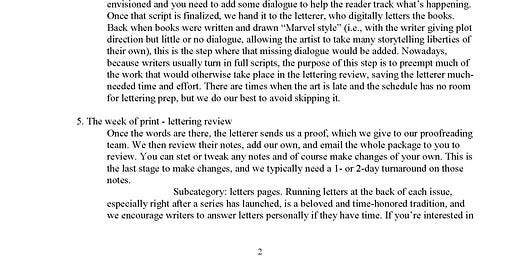




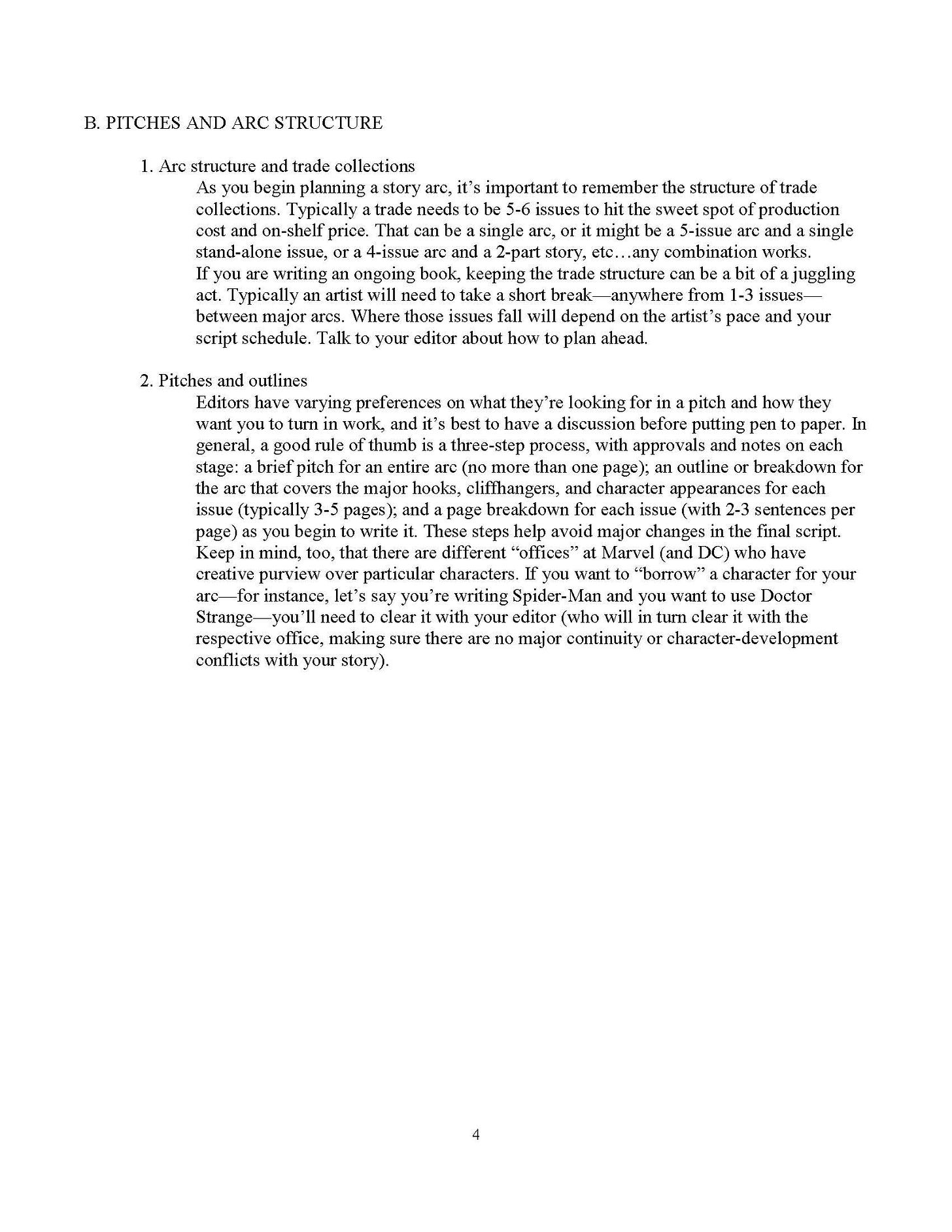
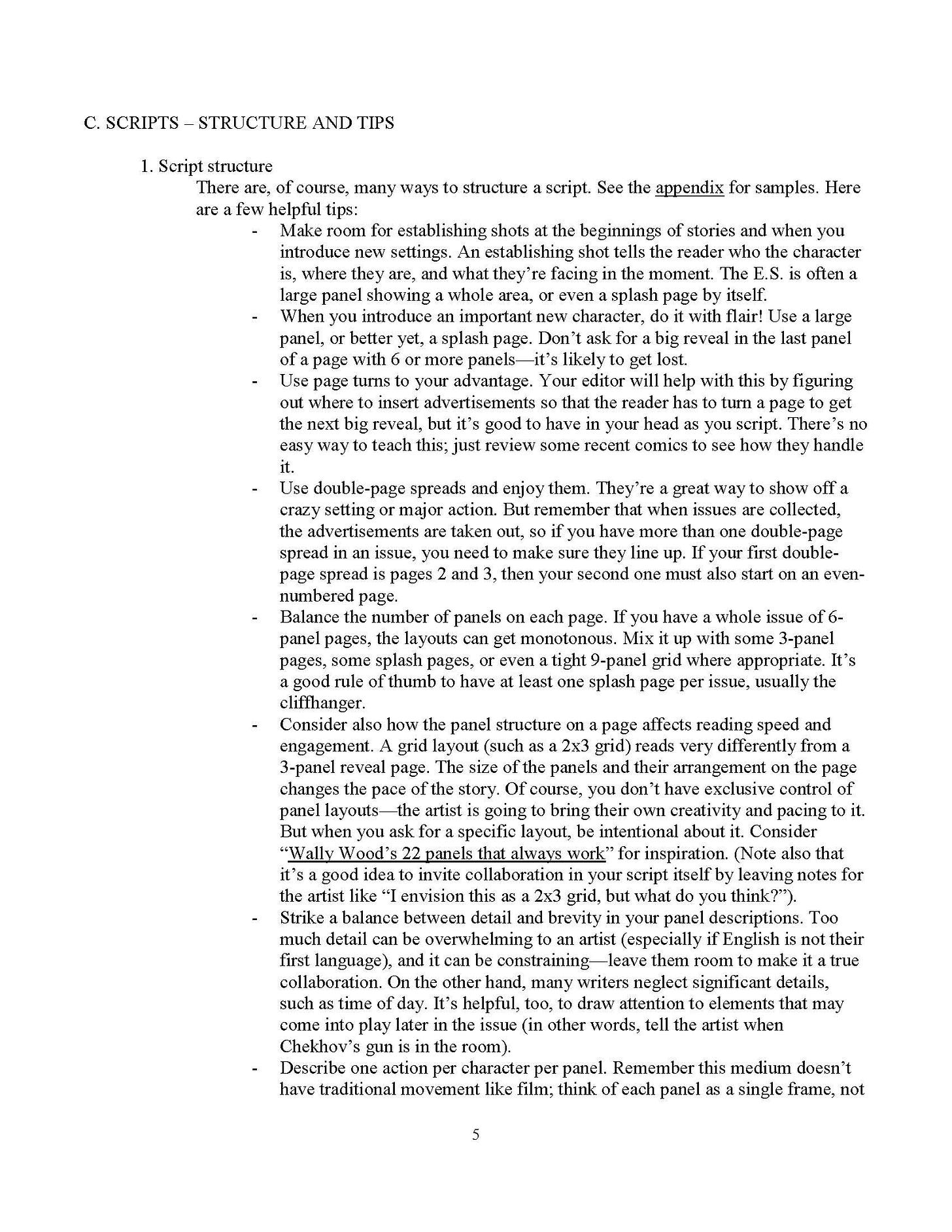
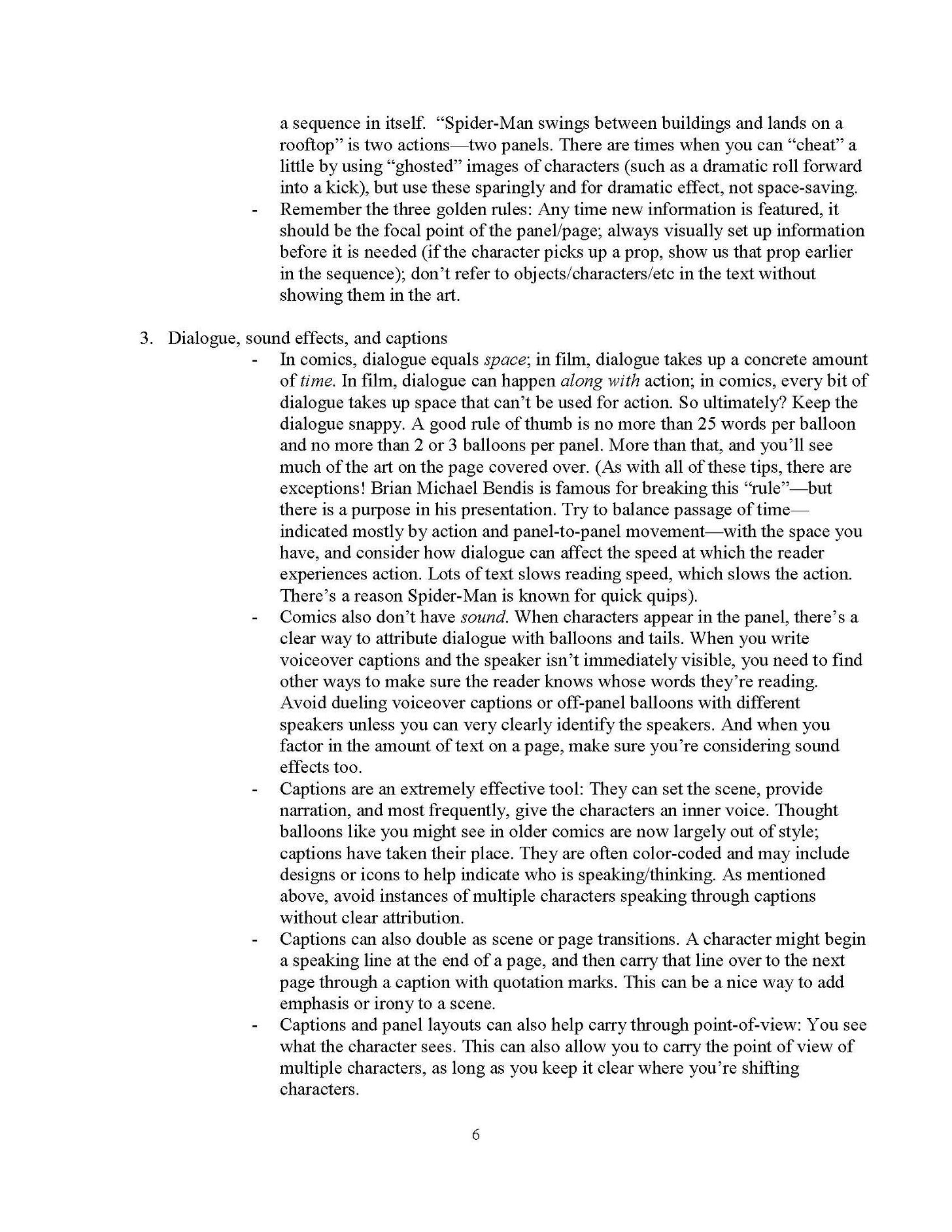

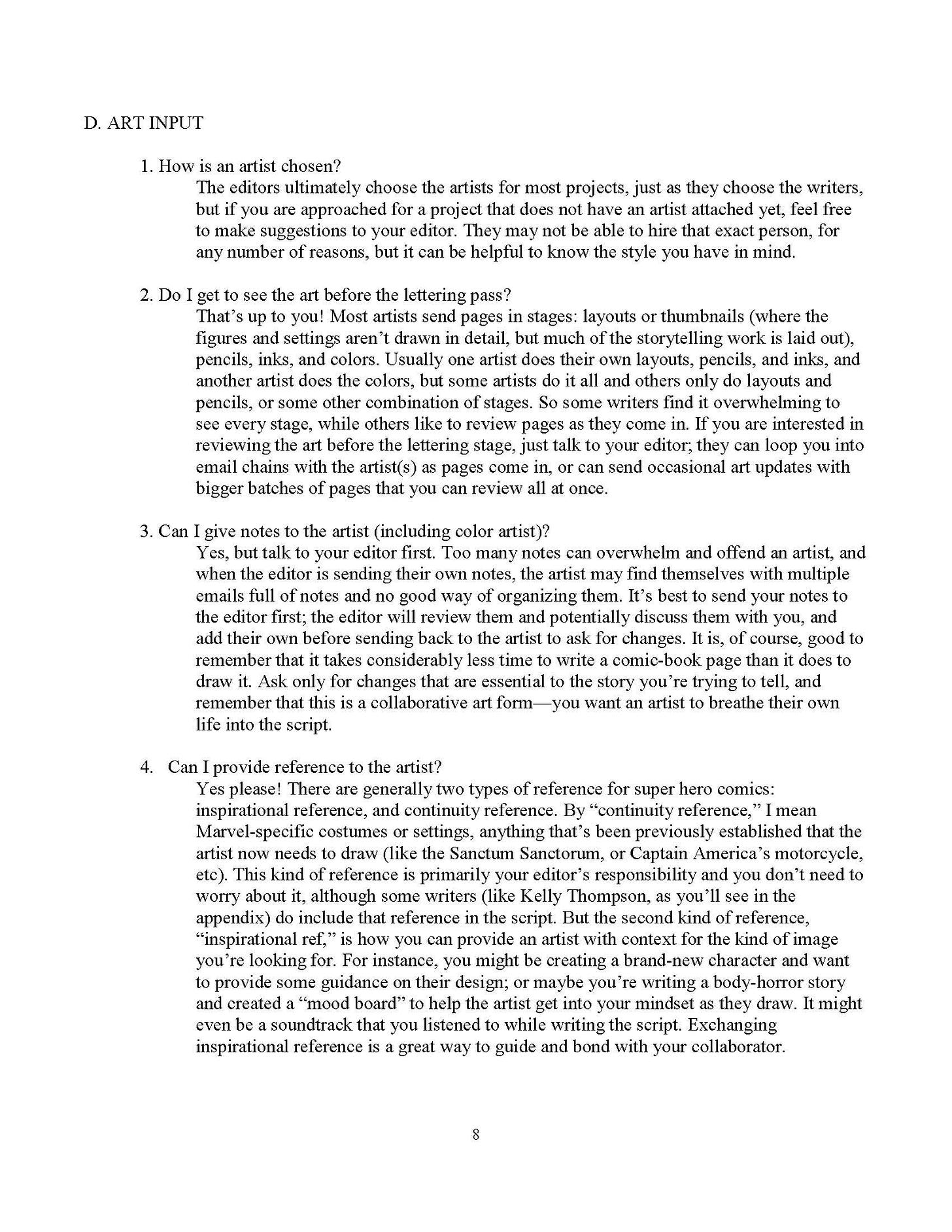
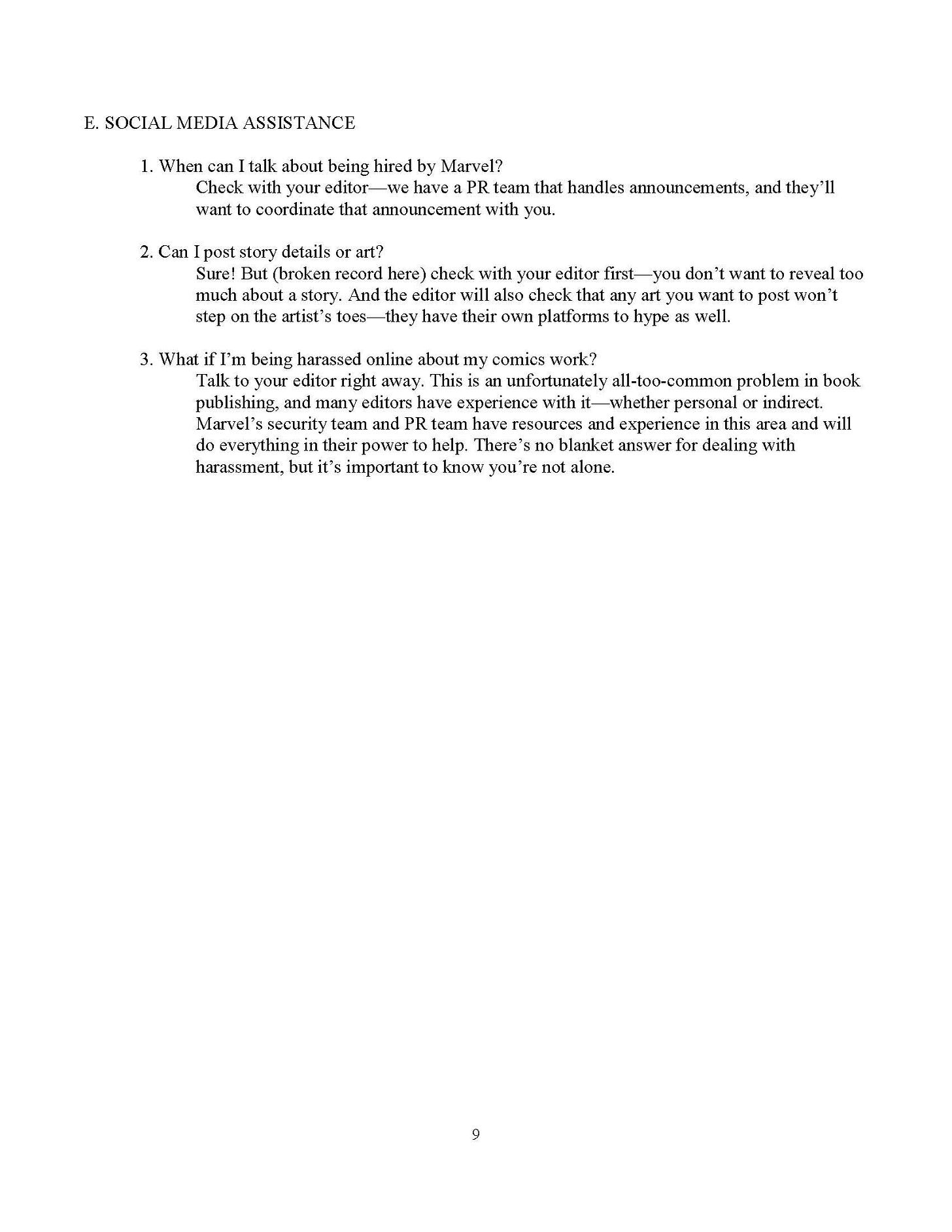
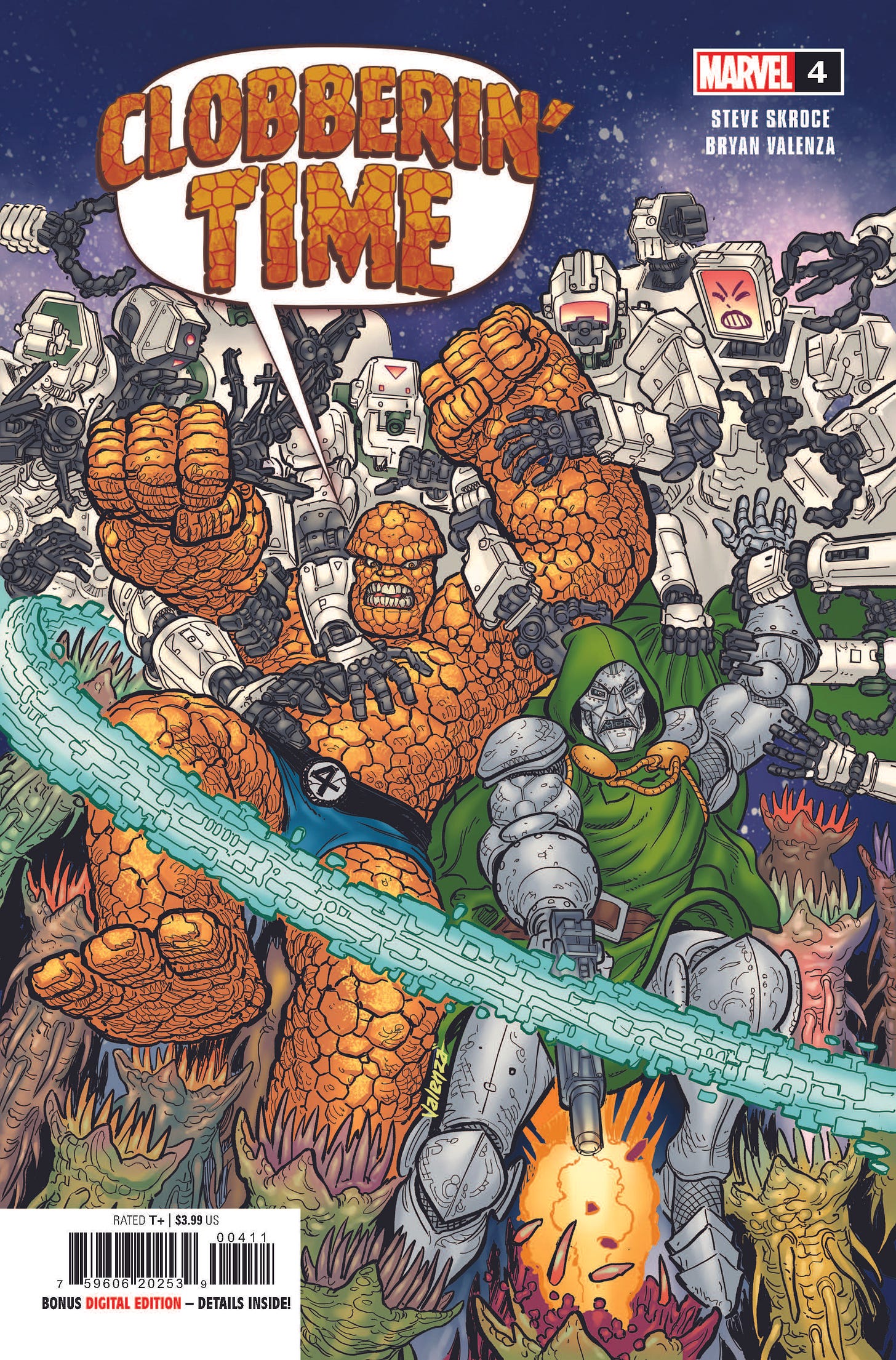
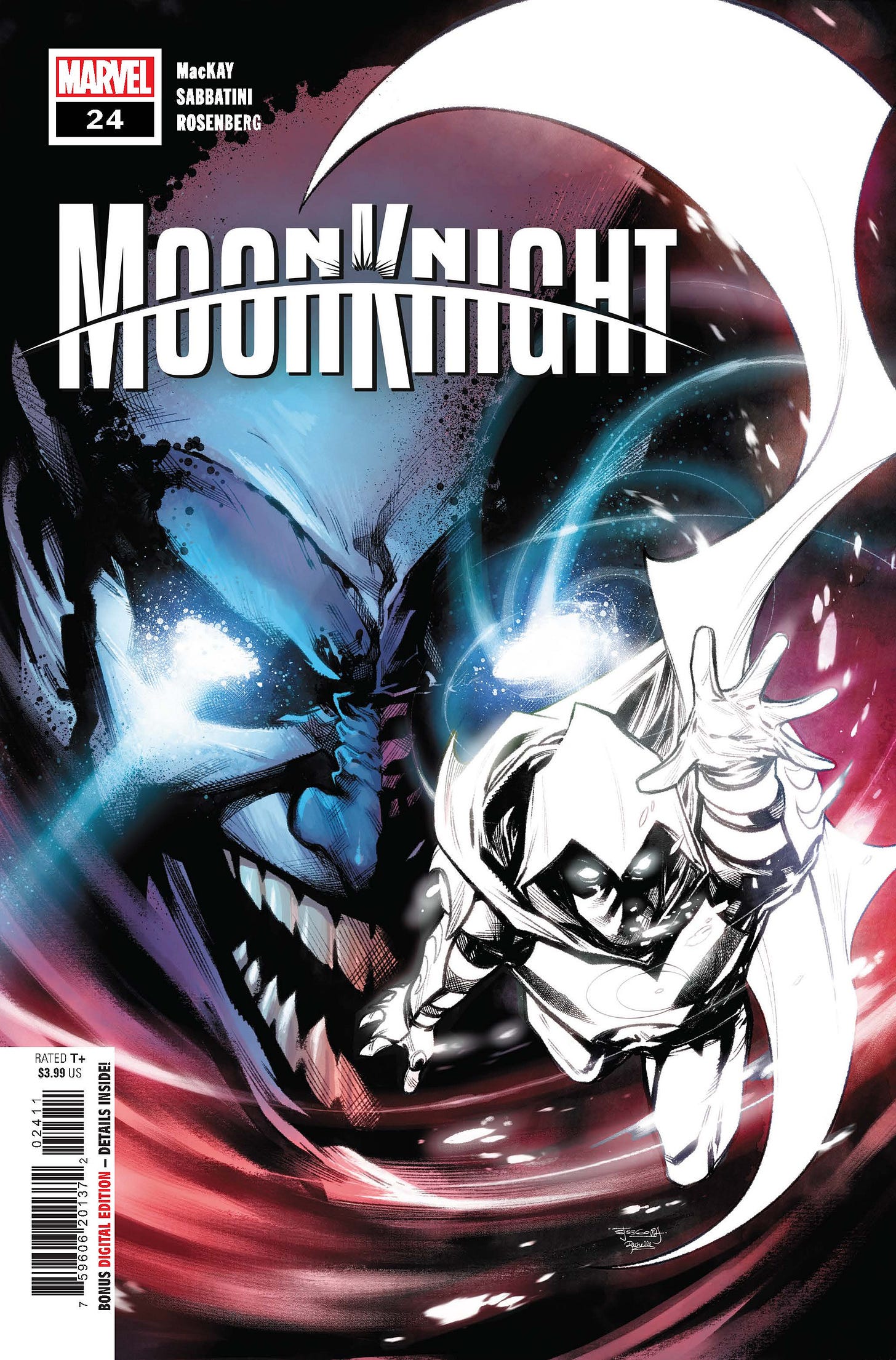
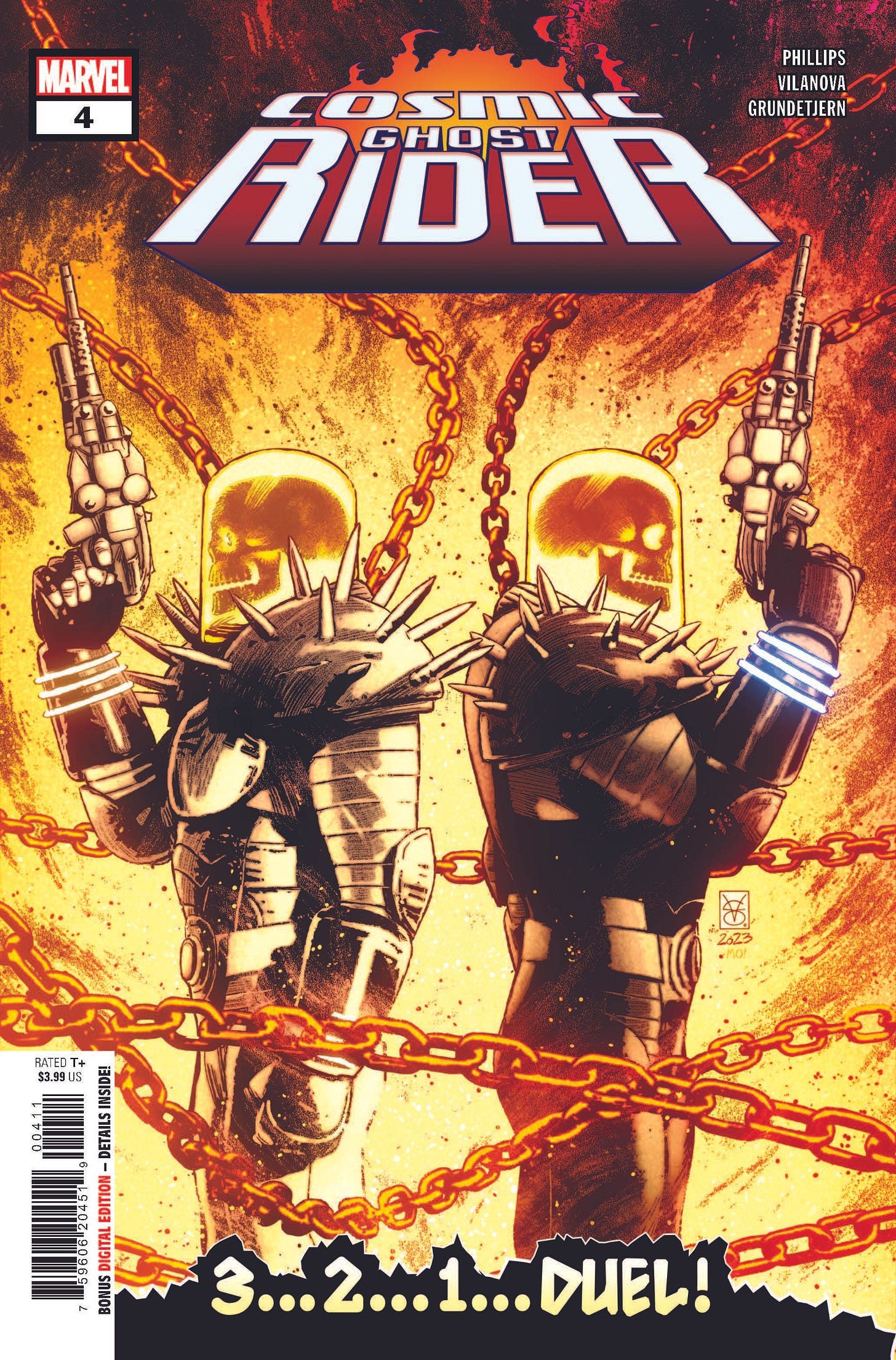
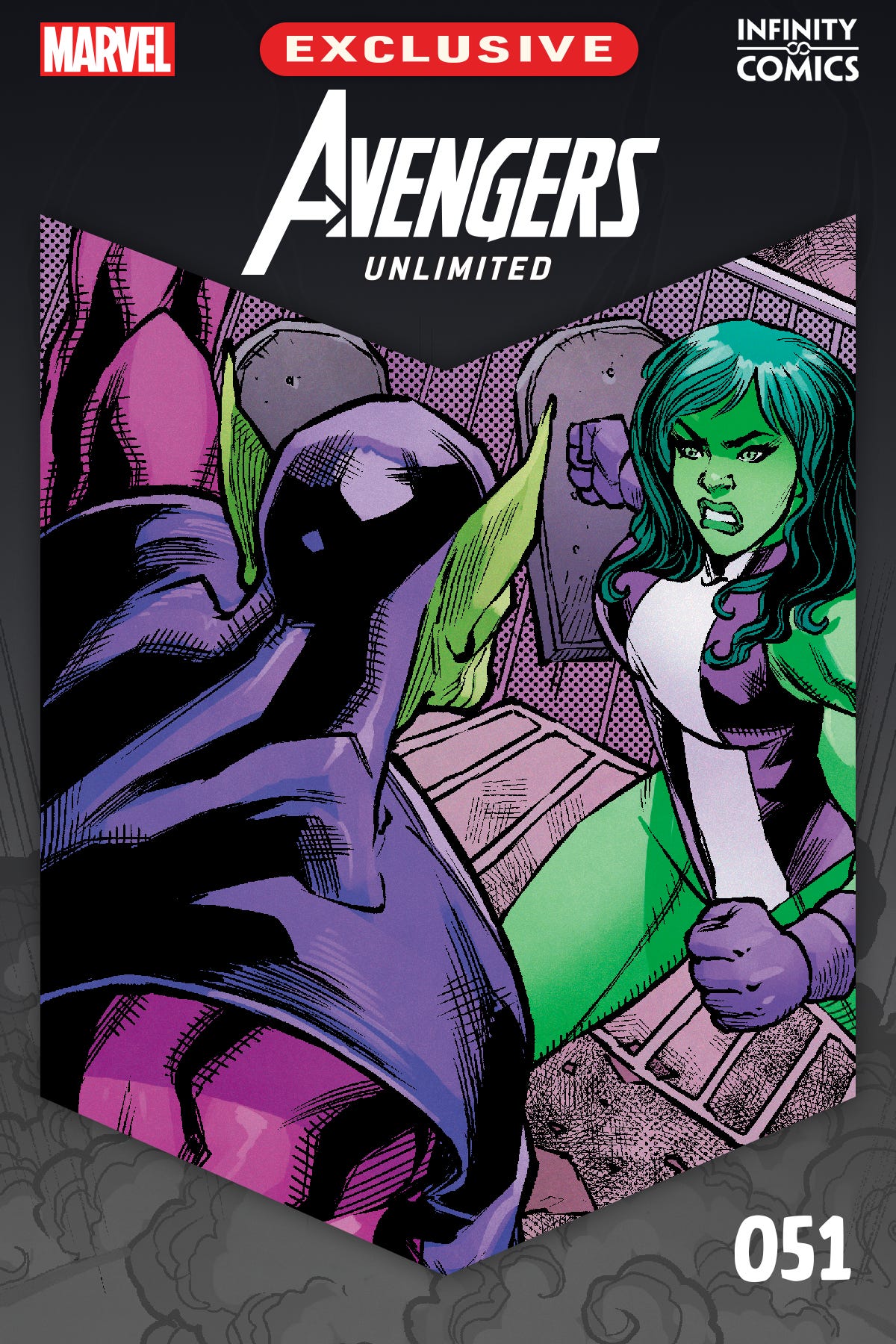
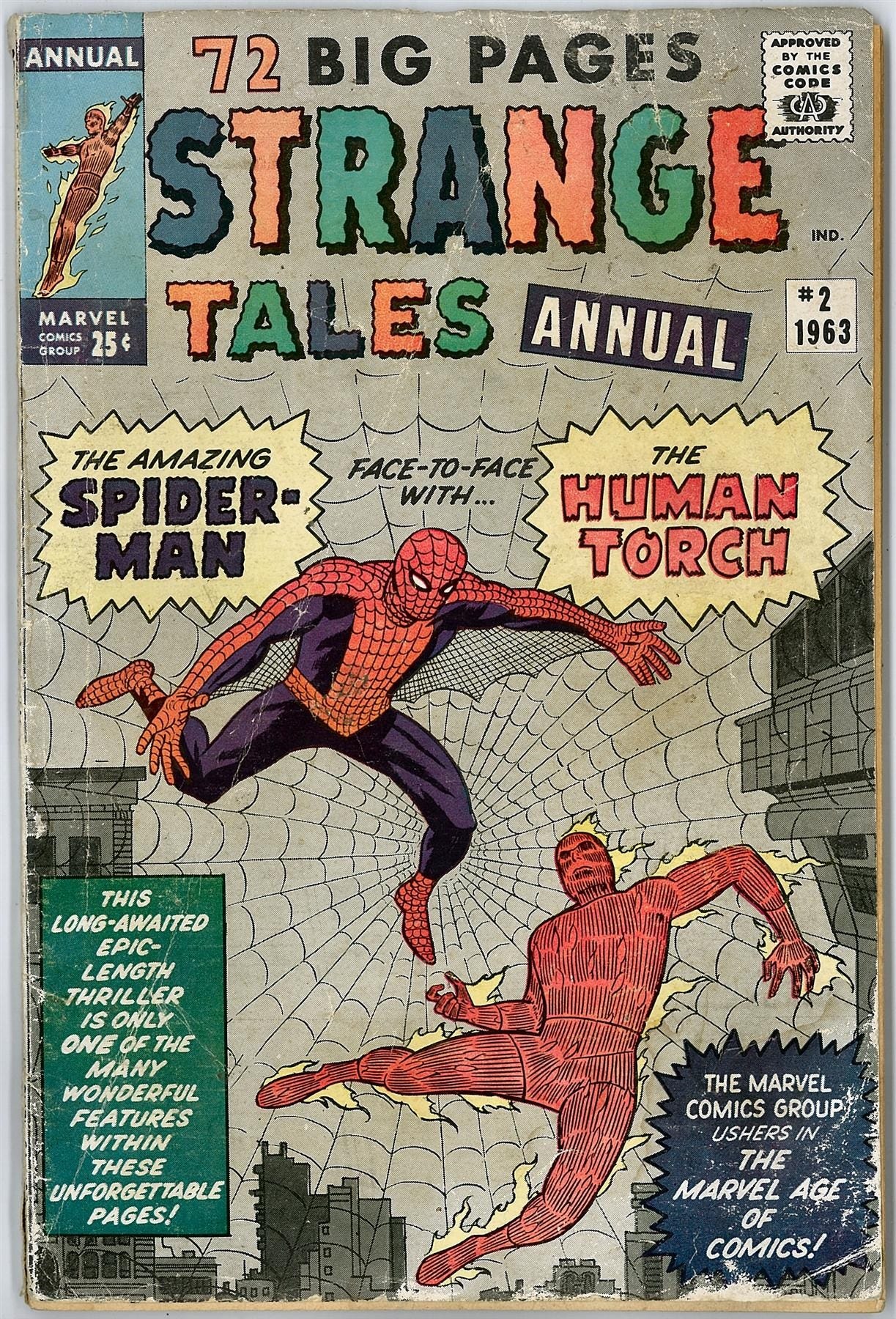
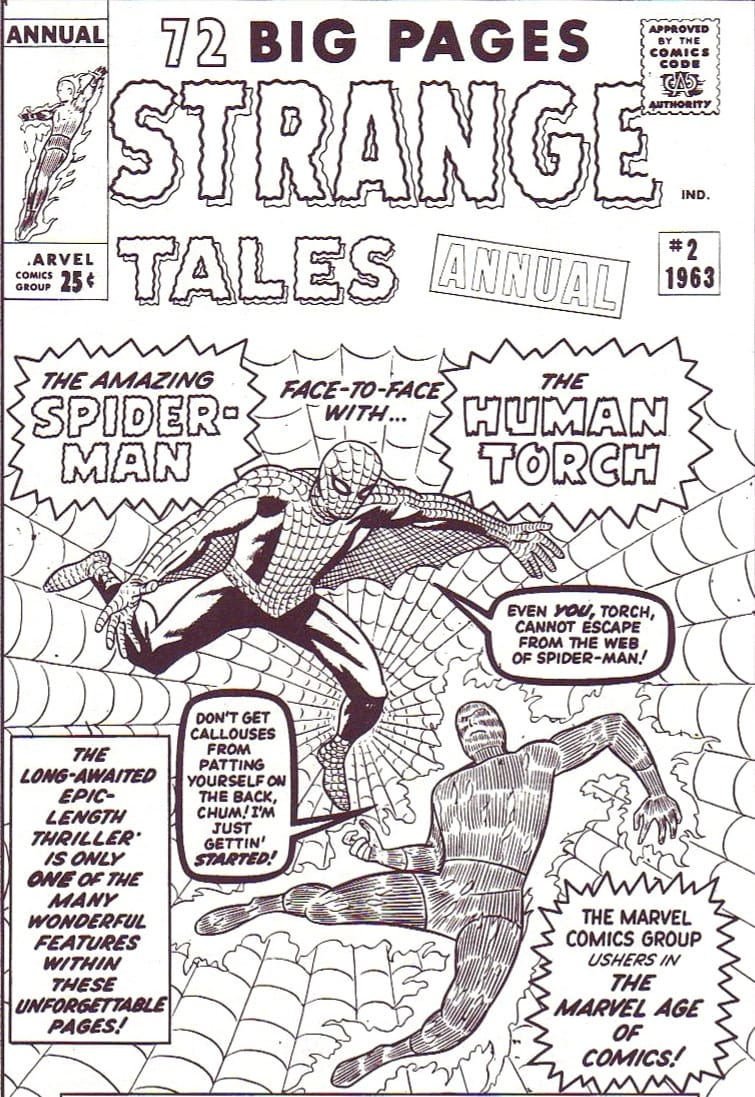
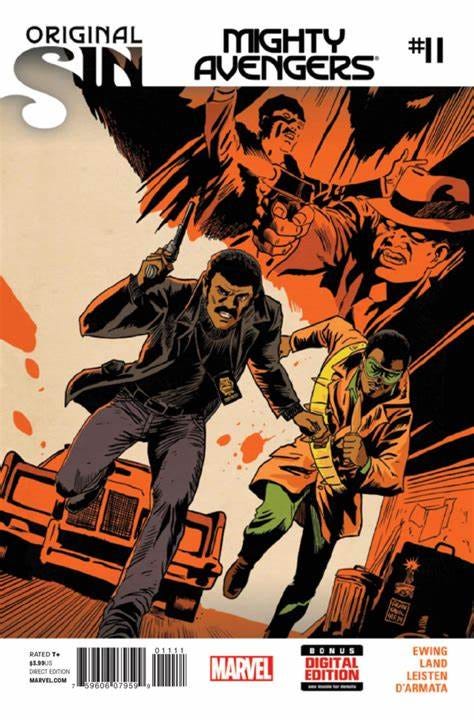
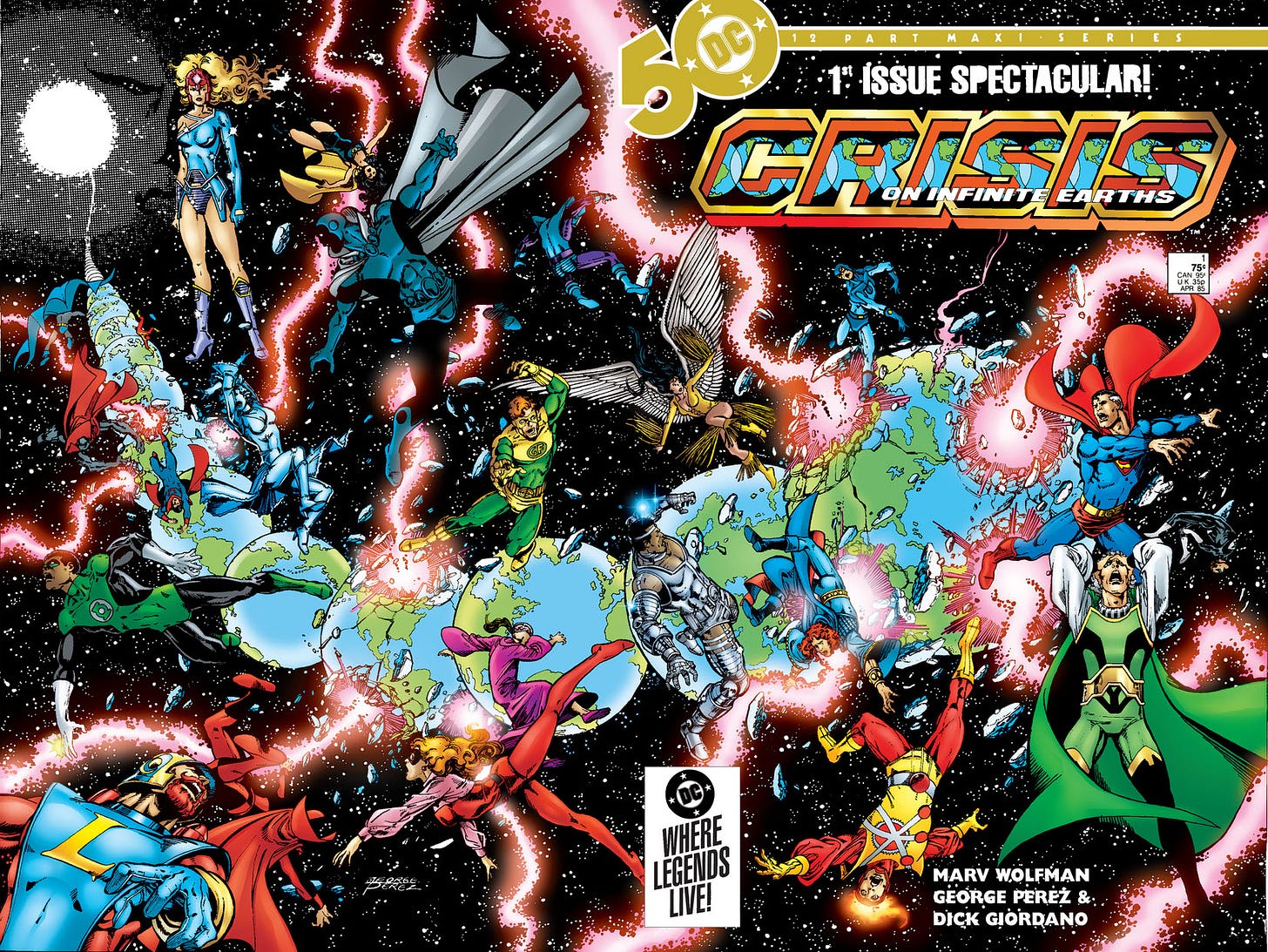
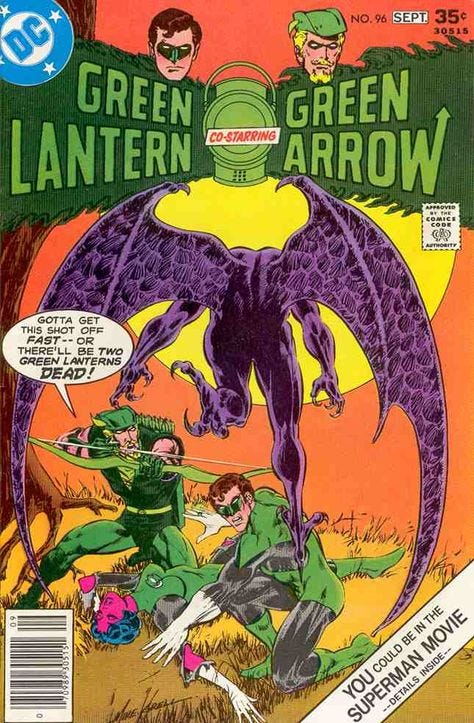
In reply to RAY CORNWALL: There's a simple reason I never had an extended run writing the FANTASTIC FOUR:
TIMING.
So much of this industry is based on being the right person in the right place at the right time, and for me and the FF that never worked out. When my star was on the rise, there was no room for me— or there were bigger, brighter stars in line ahead of me. Believe me, it was very hard hearing Mark Waid was going to write FF because I really thought I was auditioning— and auditioning well— to get that gig. (To his credit, I heard the news straight from Mark himself, to my face, as gentle as possible since he knew what it meant to me; Mark's a total class act and great friend.) But I'll be the first to admit Mark is a FAR better writer than I am, and as a fan of the FF comic, I honestly couldn't have been happier. And some AMAZING comics came out of that run, as I'm sure you'd agree.
Since then, I simply haven't stayed in the spotlight enough to warrant consideration. I don't naturally lean towards Big Event storylines or even major characters— I'm much more attracted to quirky characters and concepts. I don't pitch WOLVERINE stories, I pitch a CAPTAIN AMERICA Newspaper Strip, or a mini about the THIRD Captain America! These are comics I am VERY proud of, but not the sort of thing people line up to read, and certainly not stepping stones to being given a Top Tier comic like FF (Or at least, like the FF SHOULD be.)
I have long felt I'm the comics industry's Kurt Russell— solid, dependable, always entertaining; someone who delivers the goods. But never gonna win any awards. And usually gonna lose the Han Solo roles to the Harrison Fords of the world.
I also think a lot about the singer Warren Zevon who, when asked more-or-less how he felt about being a failed rock and roll singer said something like "I'm not a failed rock and roll singer. I'm an extremely successful folk singer." Given my natural interests and tendencies, I was damn lucky to be on the main stage for as long as I was.
Besides: it's not like I'm flipping burgers now. I'm working on a creator-owned comic I love— IMPOSSIBLE JONES, with David Hahn. It's not as financially rewarding as doing a Marvel or DC book, but it is by far the most satisfying comic I've ever worked on.
I have to know about this “vampires aren’t real” Blade pitch. I assume it was about the police hunting Blade down for the crime of murdering hundreds of innocent goths.